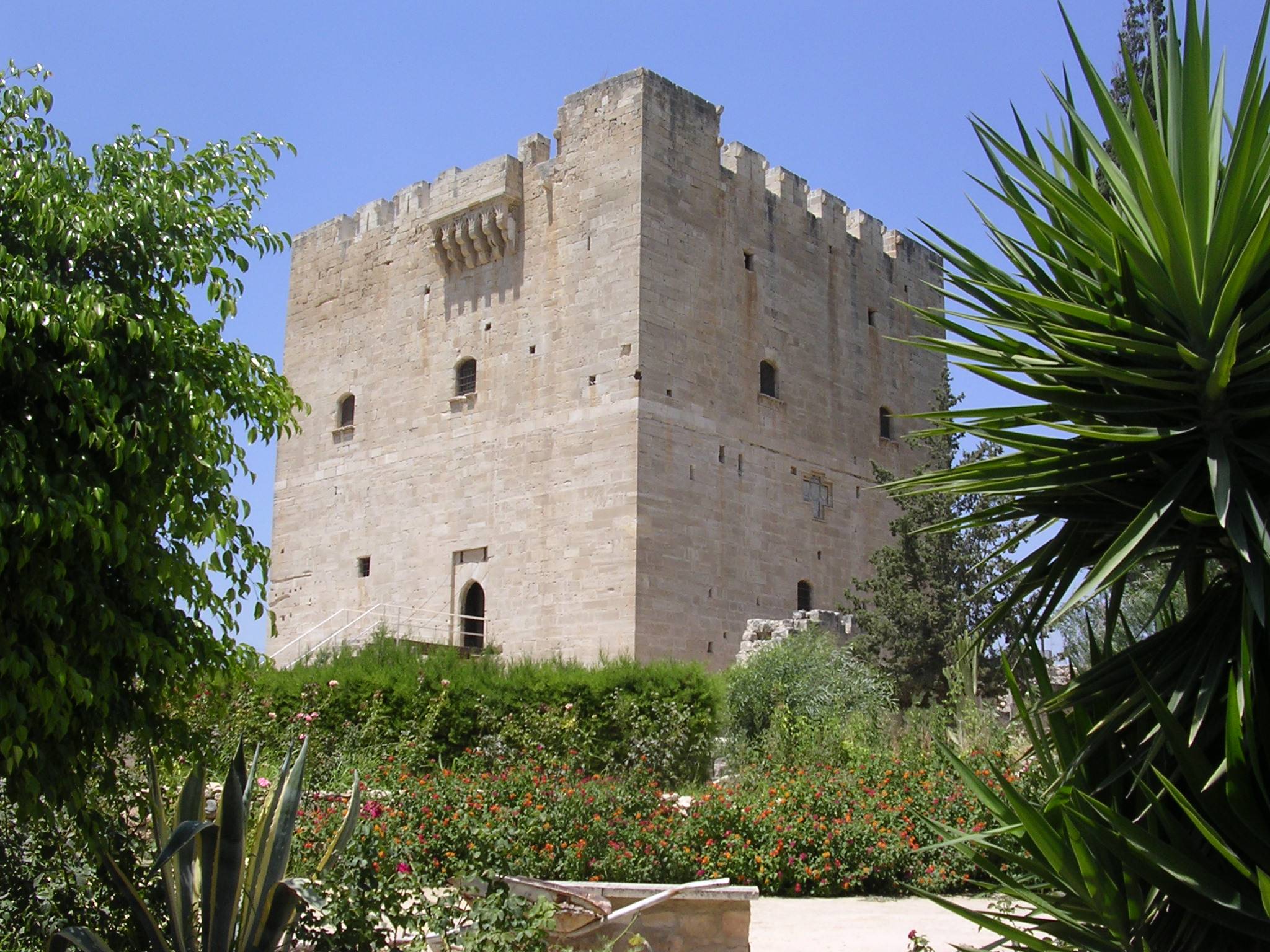Kolossi Castle is a former Crusader stronghold on the southwestern edge of Kolossi village in Cyprus. This stone-built fortress stands as a monument to the military, economic, and agricultural history of the island. It was an important command post for the Knights of the Order of St. John of Jerusalem, serving as a strategic center for sugar production, one of the island’s main exports during the medieval period. The castle’s current form dates back to the 15th century, although its origins are older, with initial construction attributed to the 13th century.
Get your dose of History via Email
Historical Background of Kolossi Castle
The discovery of Kolossi Castle is not documented as a singular event, but its history is well-recorded. The original castle was built in 1210 by the Order of the Knights of St. John of Jerusalem. It was a stronghold for the knights during the Crusades. The castle we see today was rebuilt in 1454 by the Hospitallers under the command of Louis de Magnac.
Throughout its history, Kolossi Castle has been a focal point for various military campaigns. It served as the headquarters for the Knights of St. John and later as a base for the Knights Templar. The castle’s strategic importance was due to its position, controlling access to the rich agricultural land surrounding it.
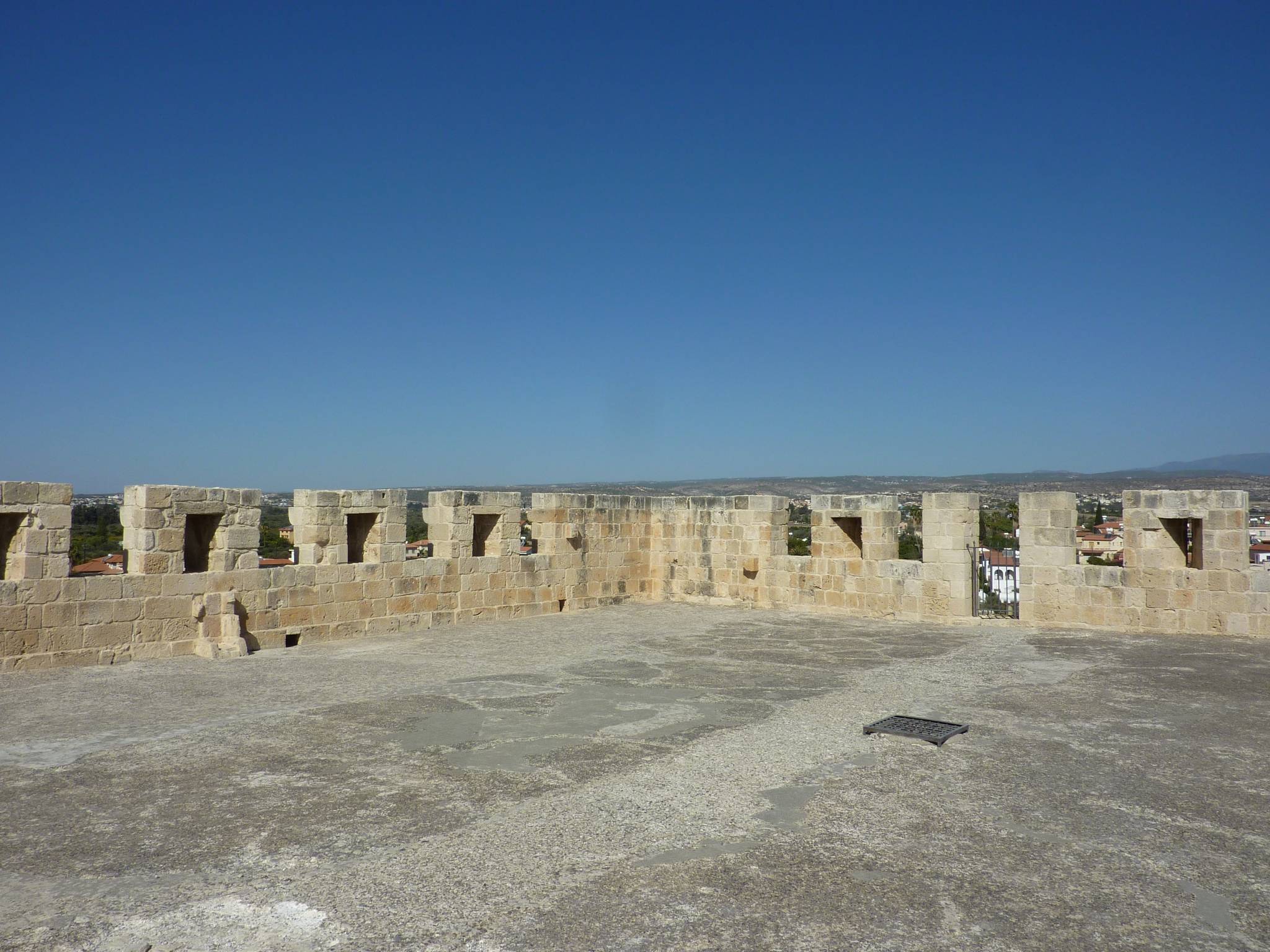
Over the centuries, Kolossi Castle changed hands multiple times. It was occupied by different powers, including the Genoese and the Venetians. Despite these changes in ownership, the castle remained an important economic and military site. It was also a residence for noble families and military commanders.
The castle’s significance is not only military but also economic. It was at the center of a lucrative sugar production industry. The fertile lands around Kolossi were ideal for growing sugarcane, which was a major export of medieval Cyprus.
Historically, Kolossi Castle has witnessed numerous conflicts and changes in power. Yet, it has endured through the ages. Today, it stands as a testament to the island’s rich history and is a popular tourist attraction, offering a glimpse into the past.
About Kolossi Castle
Kolossi Castle is a fine example of military architecture. It was constructed using local limestone, which gives it a characteristic yellow-brown color. The castle’s layout is square, with a three-story keep as the main feature. The keep is surrounded by a fortified bailey.
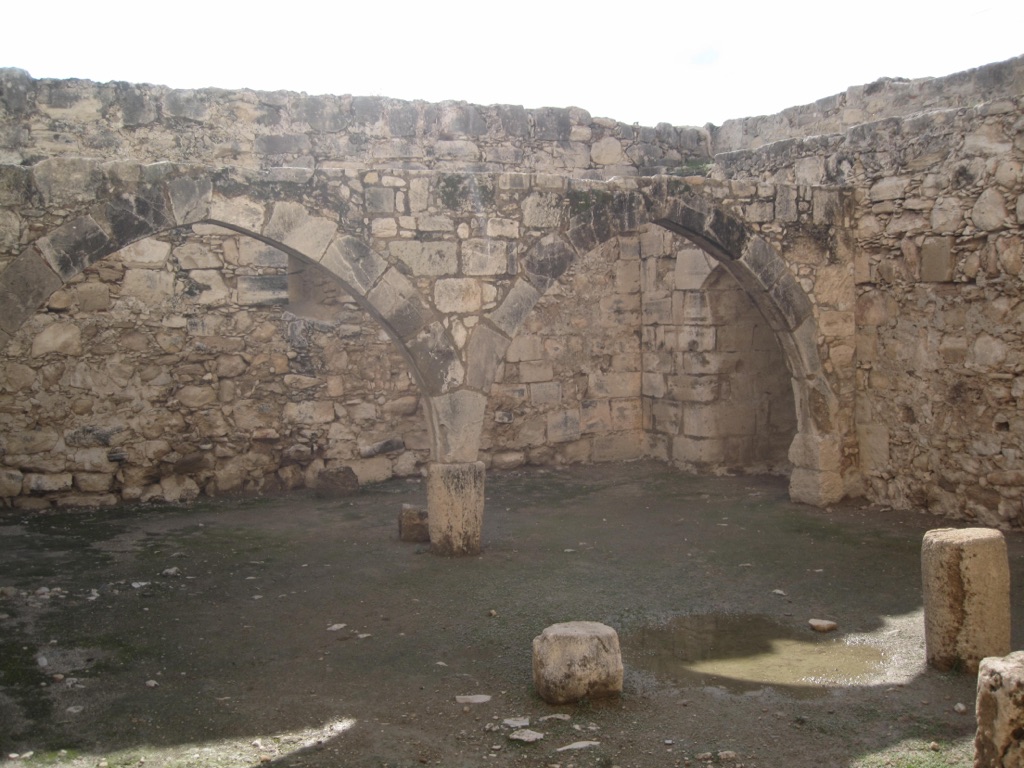
The castle’s design reflects the military technology of the time. It includes machicolations, arrow slits, and a drawbridge. These features made it a formidable defensive structure against potential invaders. The walls are thick and provided excellent protection for its inhabitants.
Inside, the castle is divided into several rooms, including a large hall, a chapel, and living quarters. The living quarters were likely quite comfortable for the time, reflecting the castle’s role as both a military stronghold and a noble residence.
The surrounding estate includes remnants of a sugar mill, reflecting the castle’s economic history. The mill is one of the earliest industrial installations on the island, highlighting the importance of sugar production in medieval Cyprus.
Today, Kolossi Castle is a well-preserved monument. It offers visitors a chance to explore its towers and battlements. The castle provides panoramic views of the surrounding countryside, much like it did for its medieval defenders.
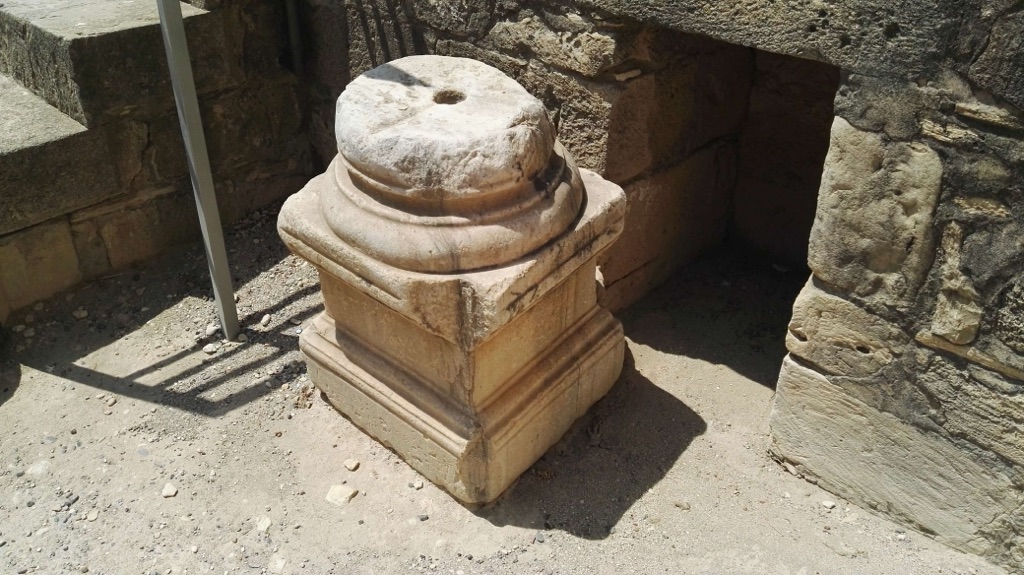
Theories and Interpretations
There are several theories about the specific uses of Kolossi Castle. Some historians suggest that it may have served as a grand commandery. This would have been a place where knights gathered and managed their administrative duties.
The castle’s role in sugar production is well-documented. However, the extent of its involvement in the trade and the life of the workers is a subject of interpretation. Historians use records to piece together the economic impact of the castle.
There are mysteries surrounding the castle, such as the exact nature of its involvement in the Crusades. While it is known as a Crusader stronghold, the details of its military engagements are less clear. Archaeological evidence and historical records are used to fill in these gaps.
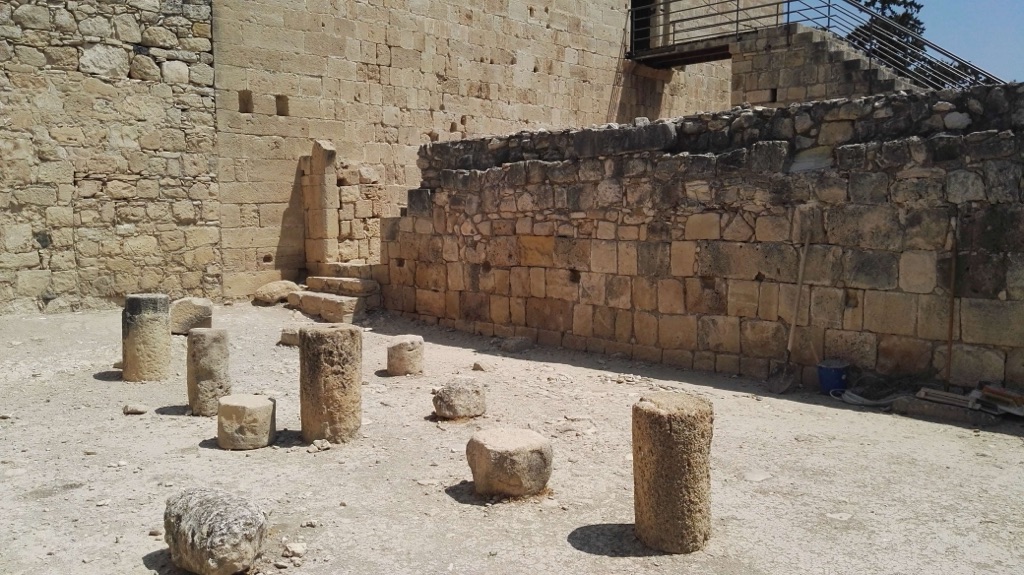
Dating of the castle has been carried out using architectural analysis and historical documents. The current structure dates to the 15th century, but the foundations are older. The methods used for dating include examining the style of masonry and artifacts found on site.
Interpretations of Kolossi Castle’s history are ongoing. As new evidence comes to light, historians and archaeologists revise their understanding of the castle’s past. This makes Kolossi a dynamic subject of historical study.
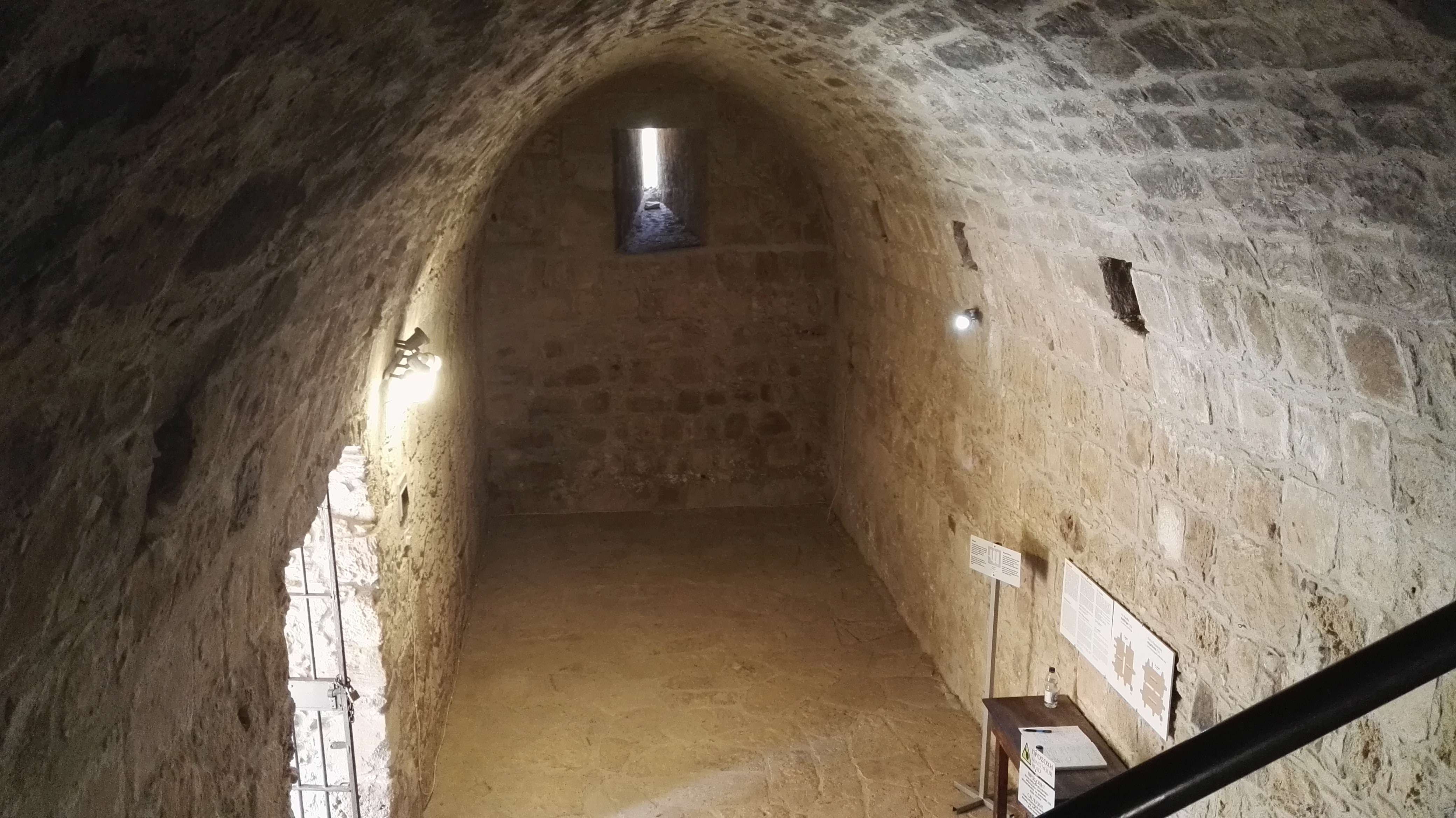
At a glance
Country: Cyprus
Civilization: Knights of the Order of St. John of Jerusalem, Knights Templar
Age: Original construction in 1210, rebuilt in 1454 AD
Conclusion and Sources
Reputable sources used in the creation of this article include:
- Wikipedia: https://en.wikipedia.org/wiki/Kolossi_Castle

